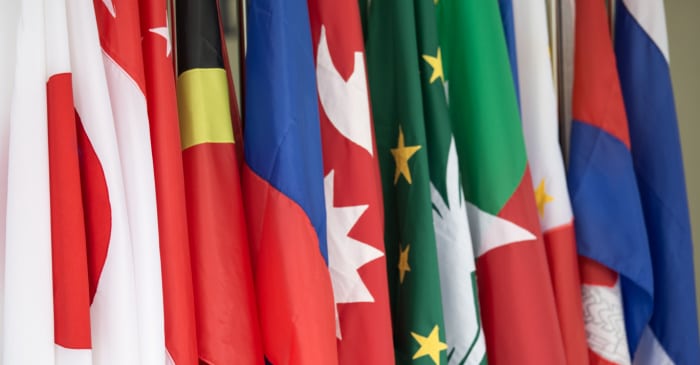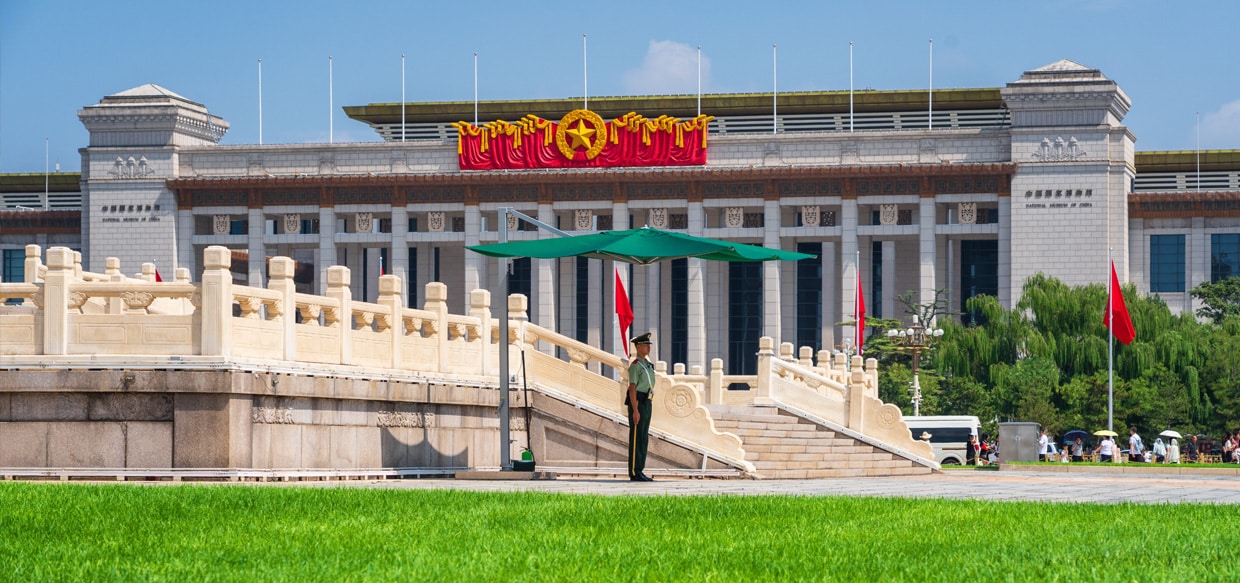
Mastering Public Affairs and Government Relations: China

Top Trends to Shape Healthcare in 2024
Ripples, Fizzles, and Other Challenges: An Outlook for Asia-Pacific in 2024
January 2024

Entering this new year, one cannot help but think of the apocryphal saying: “May you live in interesting times”. Whether that’s to be read as a blessing or a curse, there’s no doubt that 2024 is shaping up to be an interesting, tumultuous and unpredictable year.
Geopolitics is here to stay, and even the Asia-Pacific region is not immune to the shockwaves of faraway crises. Devastating conflicts in Europe and the Middle East have shaken their regions’ security architecture and sent far-reaching reverberations through everything from international alliances to global commodity prices and supply chains.
The challenges faced by globalisation are evolving in real time. From the destabilising effects of runaway AI development to the dramatic return of El Niño, diverse and disruptive phenomena are poised to play a defining role in shaping our world. And all of this in a year that will see half of the world’s population living through major elections of some sort, from the carefully choreographed to the highly uncertain.
There are several distinct but interrelated issues that will shape global politics, business, and economic trends over the coming year. For those of us concentrating on Asia-Pacific in particular, here are 3 that are especially worth noting:
Elections all around
Kicking off the cycle with a predictable result in Bangladesh, this is a year in which billions of people around the world will cast their election ballots. Indonesia and Pakistan will go to the polls next month; Russia, Iran, and India will follow in the months after.
On the whole, the status quo should largely prevail. In Indonesia, all three contenders are essentially running on a continuity platform, while there should be no prizes for guessing who will win the presidency in Russia. The wildcards in the pack are, of course, Taiwan and the U.S.
While this week’s Taiwan vote is still too close to call, the result will have a significant bearing on cross-Strait relations and inevitably cast ripples through the China-U.S. relationship.
America itself is heading into primary season on the way to a probable Trump-Biden rematch in November, in what will likely be the most divisive presidential election in modern U.S. history. The outcome will have repercussions well beyond the U.S. homeland, ultimately defining America’s footprint in Europe, the Middle East, and Asia-Pacific – existing conflict spots or potential flash points, where American attention and capacity already looks to be fraying.
Stabilising growth in China
China’s overarching macroeconomic objective for 2023 was to facilitate a stable post-Covid economic recovery. The results have been mixed.
When the statistics are released, last year’s rather conservative growth target of “around 5 per cent” looks all but certain, and this year’s goal will likely be similar. Still, the hopes for a seismic consumer spending rebound have somewhat fizzled out – even after a promising start to 2023 – while more fundamental risks underlying China’s property sector continue to pose a challenge.
Goals for the coming year will focus on encouraging a sustainable growth model that prioritises job creation and incentivises foreign investment, with a view to furthering the country’s drive toward high-quality modernisation.
In the last half year, there has already been substantial progress from Chinese authorities on engaging with foreign enterprises and addressing their concerns. It’s clear that the leadership – at all levels of government – is keen to showcase that China is open for business.
As of their latest World Economic Outlook in October, the IMF is projecting China’s economic growth to reach 4.2 per cent in 2024 – exactly in line with their predictions for the Asia-Pacific region as a whole and significantly above the global baseline forecast of 2.9 per cent. Asia-Pacific remains the essential engine of global growth, with China as an integral pillar.
As China’s growth stabilises to more sustainable levels, other economies will have more of a role in driving growth in the region. Vietnam and the Philippines continue to perform well, while India is expected to be the world’s fastest growing major economy this year. The region’s centrality to the global economy continues to hold.
Cautious optimism for China-U.S. relations
The world’s most consequential relationship is, no doubt, mercurial; last year’s “balloon incident” was a testimony to this fact. Fundamental disagreements over red line issues will inevitably remain.
Still, 2023 was a largely positive year for China-U.S. relations – dialogue was re-established, guardrails have been put in place.
Ever since last summer, we have seen a sequence of high-profile bilateral engagements, with senior cabinet officials and prominent business leaders from both countries visiting each other’s capitals – in most cases, for the first time since before Covid. All of this helped pave the way to San Francisco and the Xi-Biden summit, which was lauded on both sides of the Pacific as a productive and necessary step.
The coming year will bring challenges, of course, but the relationship should remain stable. As election season gets underway in the U.S., the spectre of China will likely come to loom over American political discourse as a perceived threat. The rhetoric may get ugly, and some goodwill may be undone, but overall, the avenues for dialogue should prove sufficient in reducing tensions.
While the U.S. grapples with a polarising political climate at home and China doubles down on revitalising its economy, both countries will turn their attention to pressing domestic priorities. And at a time when the conflict in Ukraine begins to take on a new dimension and Israel’s fight against Hamas risks drawing in other regional actors, the last thing either the U.S. or China needs is any escalation between themselves.




